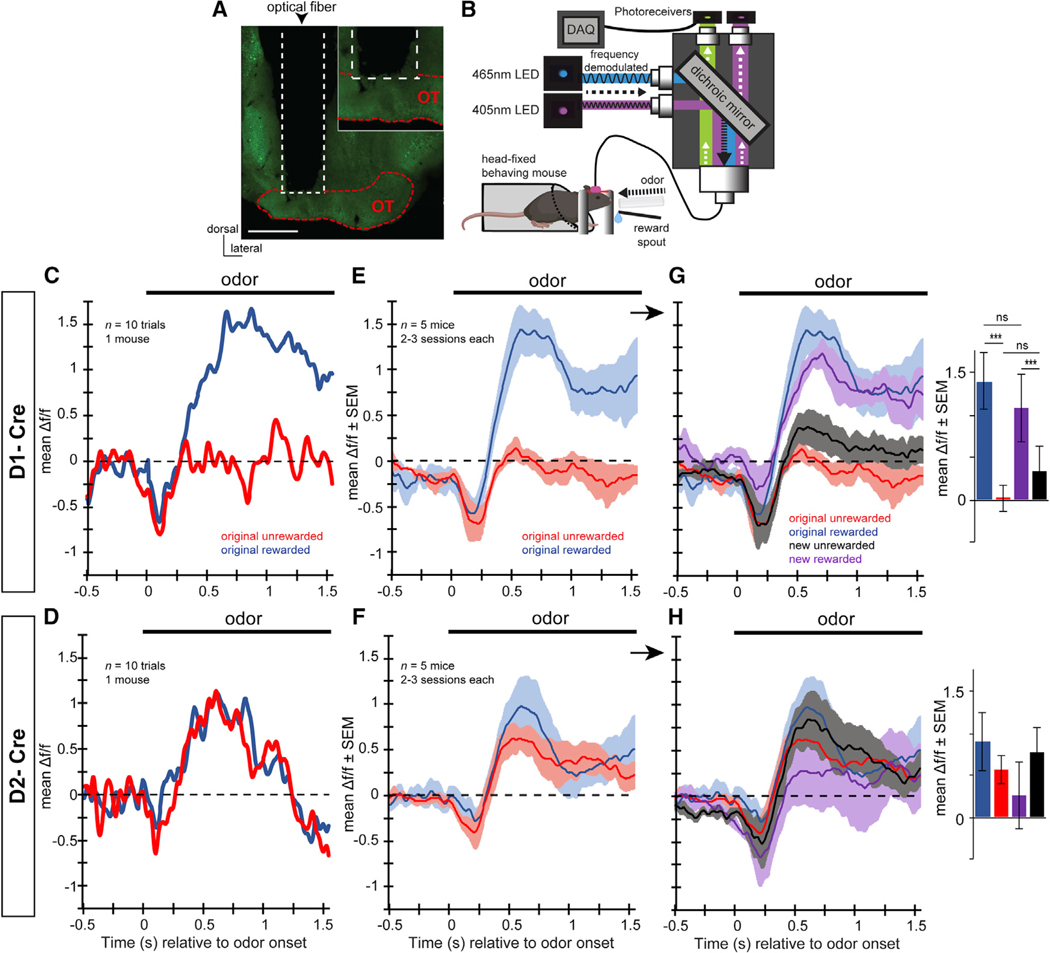Figure 5. OT D1-Receptor-Expressing Neurons Are Differentially Modulated by Reward-Associated Odors.
(A) Example localization of an optical fiber implant into a mouse injected with GCamP6f (green). The optical fiber was positioned to terminate immediately dorsal to the OT. Scale bar, 500 μm.
(B) Schematic of the fiber photometry system for use in head-fixed behaving mice. 465-nm and 405-nm LED excitation wavelengths passed through dichroic mirrors prior to being sent into the implanted optical fiber via a patch cable. GCaMP6f and UF emissions were then both amplified by femtowatt photoreceivers prior to being digitized simultaneously with behavioral data and stimulus presentation events. Please see Figure 1 for a description of the head-fixed paradigm. Examples of separate GCaMP6f and UV emissions can be found in Figure S2B.
(C–H) Example GCaMP6f responses to the original rewarded and unrewarded odors in a single D1-Cre mouse (C) and a D2-Cre mouse (D) averaged over 10 trials of correct behavioral responses during blocks of criterion behavioral performance. These example averaged traces indicate divergent responses to the original rewarded odor versus the original unrewarded odor in D1-Cre (E) but not D2-Cre (F) mice, which is maintained at the population level when averaging across 5 mice, throughout 2–3 sessions during criterion behavioral performance. The encoding of odor-reward associations in D1-Cre mice, as in (E), was confirmed in experiments wherein the odor-reward contingencies were reversed (original rewarded = new unrewarded, and vice versa) (G [D1-Cre reversal learning] and H [D2-Cre reversal learning]). Insets in (G) and (H) indicate the mean Δ f/f during 0.5–0.75 s of odor in for all four stimulus types. ***p < 0.001. ns, not significant (p > 0.05). No significance was found in any planned comparison in the D2-Cre mice (H). Data in (E)–(H) are displayed as mean ± SEM.

